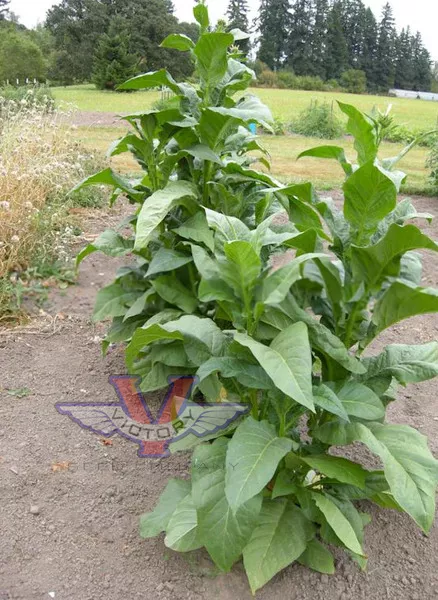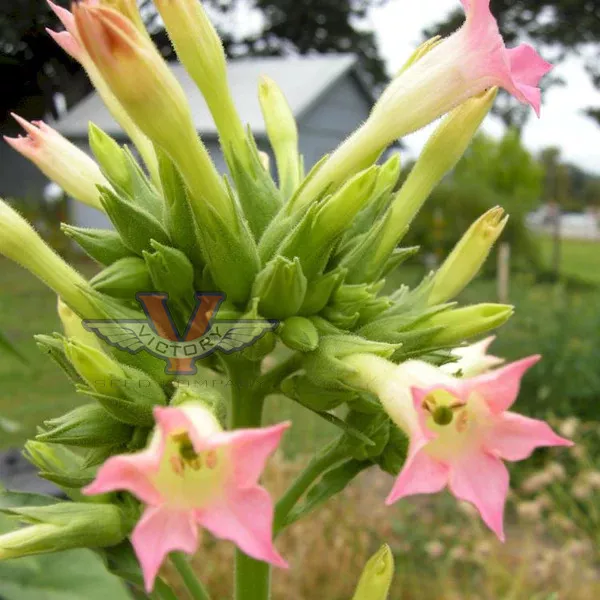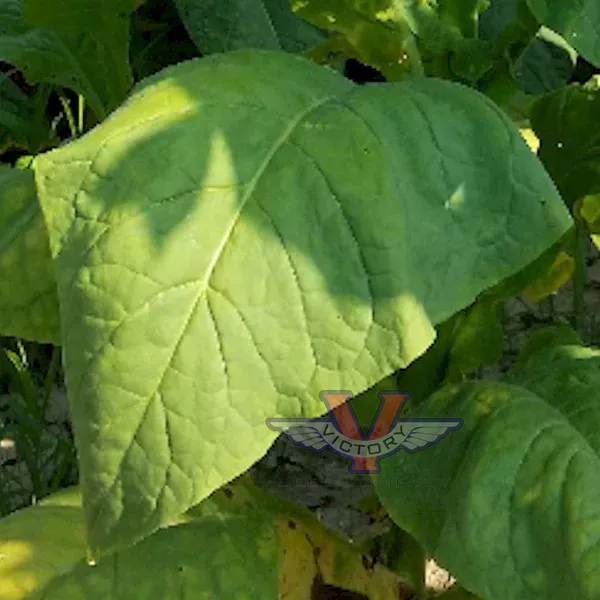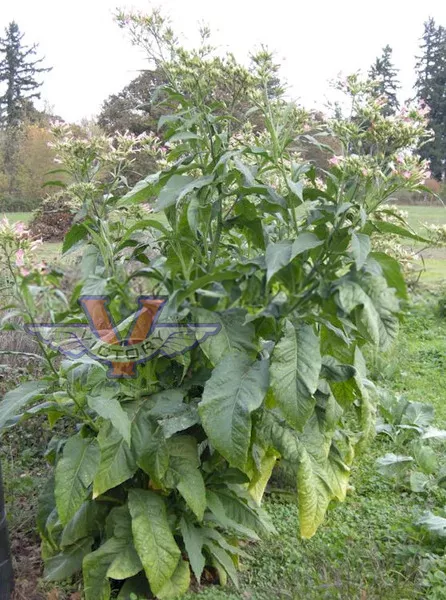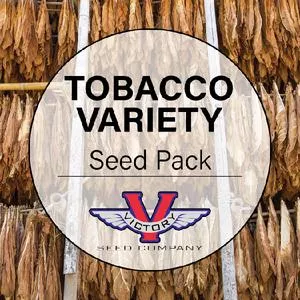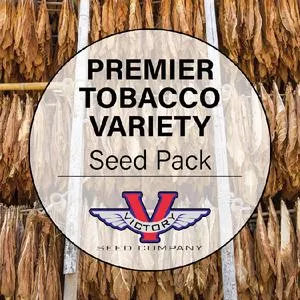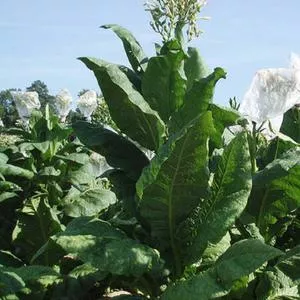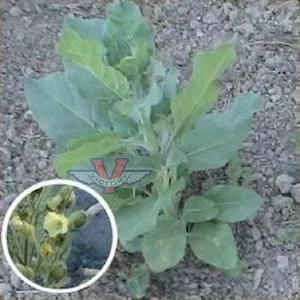



Virginia Bright Leaf Tobacco
Price: $3.99
SKU: 1000891'Virginia Bright Leaf' tobacco is a flue-cured type that was historically used for cigarette and pipe blends. Our seed stock originated from the USDA's accession number PI 552385.
Main Tobacco Role: blending
Typical Use: cigarette
Typical Use: pipe
Curing Method: flue
Tobacco Type: Virginia
Tobacco Type: Bright leaf
Number of Leaves: 18-20
Plant Size (Height): 72
Days to Maturity: 55
Lifespan: Annual
Sun Requirements: Full Sun
Best sowing Method: Start Indoors
Genetic Classification: Open Pollinated
Once tiny seedlings emerge, you can pick them out one by one and move them into individual cells. Very lightly fertilize and never allow the potting soil to dry out. Within 6 weeks it'll be ready to plant in the garden. Wait until all risk of frost is over before planting outdoors.
For additional information, please have a look at our more detailed guide with photos.
- "Strains of Flue-Cured Tobacco Resistant to Black Shank," By James F. Bullock and E. G. Moss, October 1943, U. S. Department of Agriculture, October 1943.
- "Job P. Wyatt and Sons Company," Raleigh, North Carolina, 1945.
Customer Reviews:
By Jessica (Lavaca, AR) on June 30, 2023
Unfortunately, a terrible storm came through with 80 mph straight line winds and wiped out my ENTIRE CROP! 😣😭 My plants were quite pretty starting out and I am entirely devastated to know that I didn't get to see them full grown. Not only that, but it was my very first time ever trying to grow tobacco. The loss is tremendous.
By Greg (Virginia) on June 29, 2023
I followed the instructions to a "T". Took almost 39 days to sprout. Now plants are only 5 to 7 inches tall. I only spent $12 but hey they should have done better.
By Charleton Hammett on May 27, 2021
I love the quality of the seed. I've bought several different breeds all by seed from David Pendergrass. Virginia Bright leaf germinated well with package instructions, germination took 21 days. I also started the seed in an old plastic ice cream pail, with seeds sprinkled on the surface. These took 14-21 days. It is very humid in Louisiana, where I'm growing and tried another method. Using Cow Pots, I used a 50/50 seed starting soil with wood ash. Virginia Bright leaf germinated in less than 7 days. I will be buying more varieties. Thank you for an OUTSTANDING product. Germination rate above 80%.

